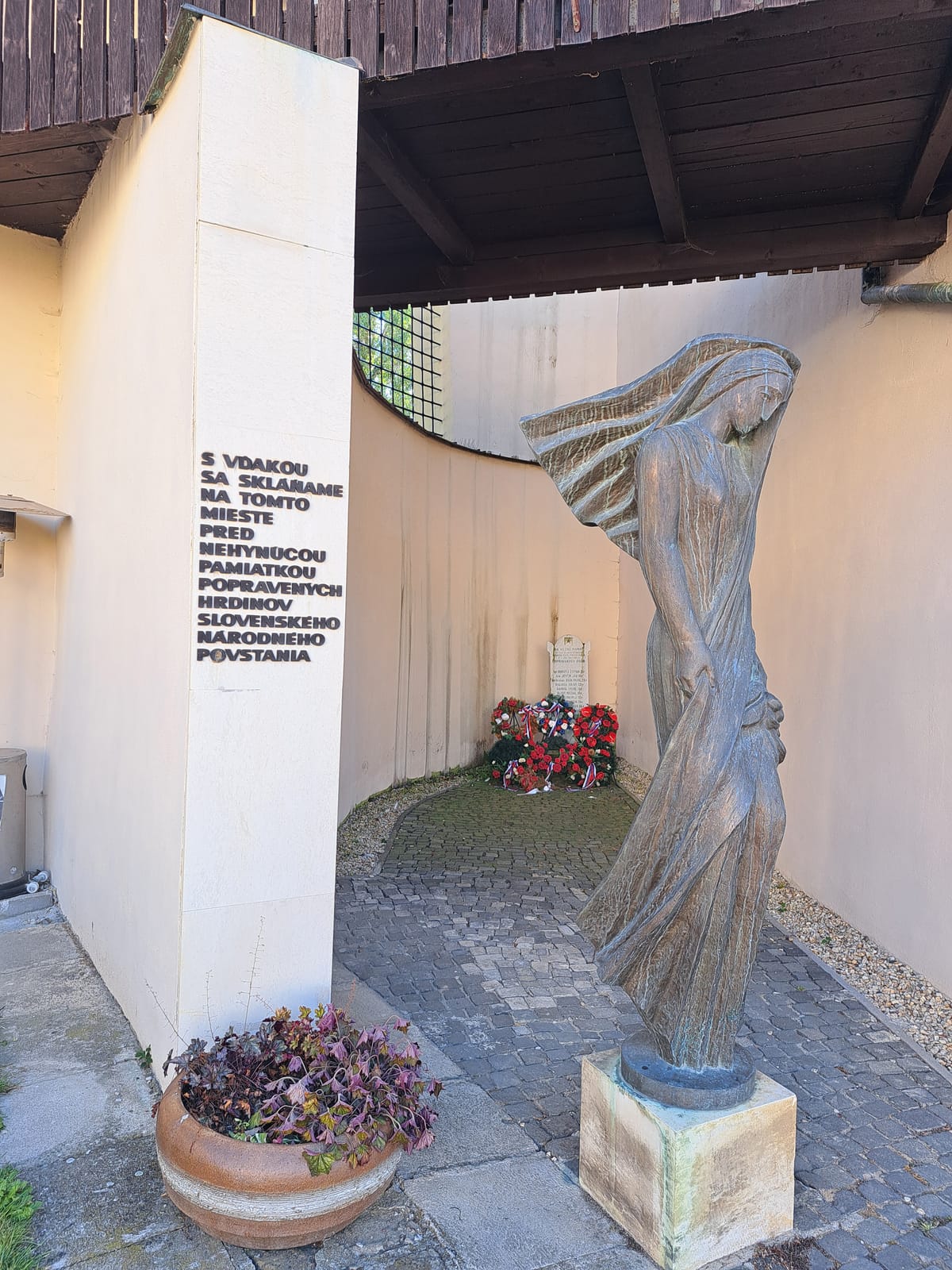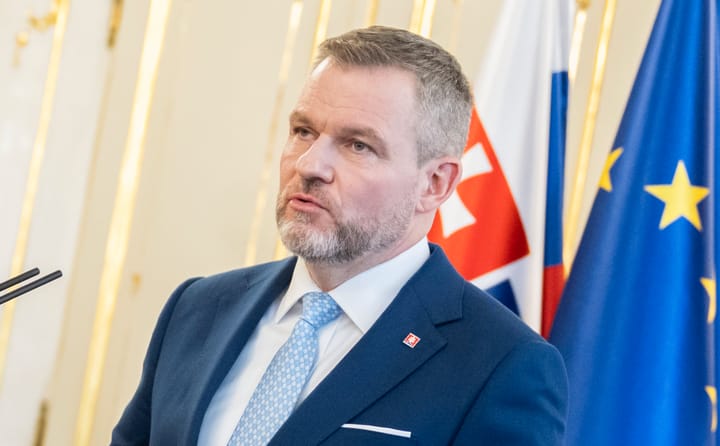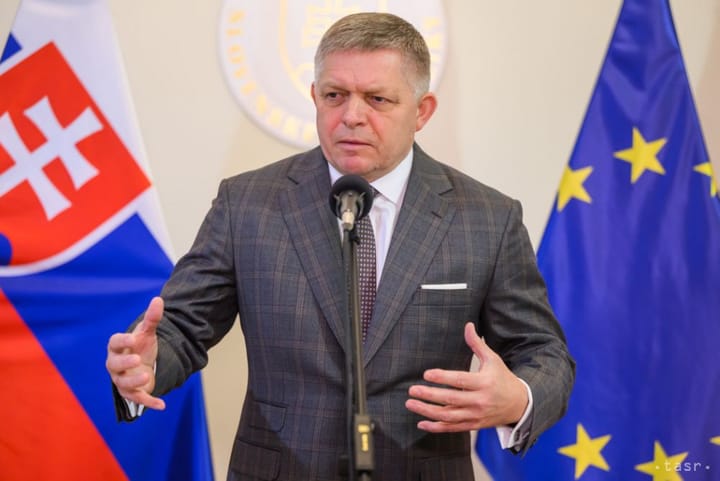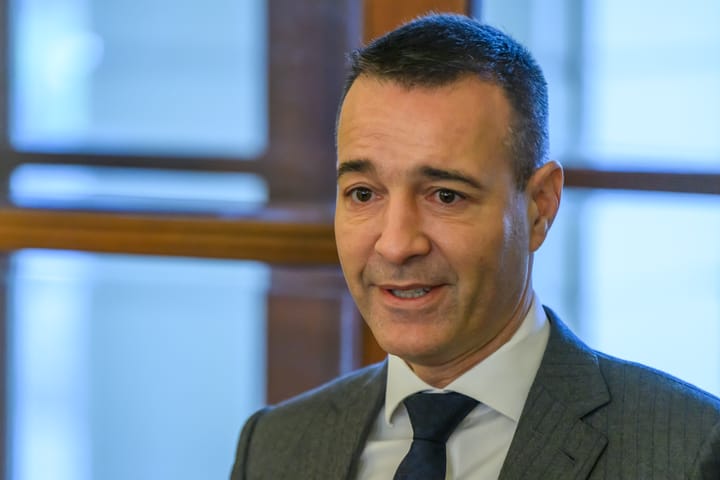SNP80: Partisans Shot Dead at Kezmarok Castle Commemorated by Monument
Some partisans during WWII were shot dead at Kezmarok Castle, and some of them are commemorated by a monument in the castle courtyard, said Kezmarok museum historian Vladimir Julian Sevc.

Kezmarok, August 2 (TASR) - Some of the partisans during WWII were shot dead at Kezmarok Castle (Presov region), and some of them are commemorated by a monument in the castle courtyard, TASR has learnt from Kezmarok museum historian Vladimir Julian Sevc.
The monument is located next to the castle chapel, where executions took place during the Slovak National Uprising (SNP). It's shaped like a tombstone and is dedicated to 20 people who were killed between September 5 and 29, 1944, said Sevc.
The Hlinka Guard, the Wehrmacht and the Gestapo were based at the castle during WWII. "When they caught any partisans after the outbreak of the Slovak National Uprising, they allegedly imprisoned them in the lower part of the castle. They executed them against the wall, in a gap between the chapel and a house that once stood there," said Sevc.
The aforementioned monument was unveiled on May 9, 1948 and is dedicated to the memory of 20 people who were executed at the castle. Nine of them are named, including Pavol Bilik, after whom a chalet in the High Tatra mountains is named. The list also includes Stefan Horvath, Julius Halama, Ondrej Macko, Martin Jancik and Stefan Krissak. The youngest people on the list are Pavol Kapral and Michal Dluhy, who were only 19 when shot dead, while 51-year-old was Jan Jevcin was the oldest. The identity of the remaining 11 victims is unknown.
Historian Marcel Maniak noted that the original cross in the shield of the monument was reshaped into a star in the 1970s. "A tombstone from Kezmarok cemetery was used to make the monument. It came from the grave of the German Kolbenheyer family, which moved away from Kezmarok," said Maniak. The monument was designed by Bedrich Kostranek and carved by Vincent Kraus, a stonemason from Kezmarok.



